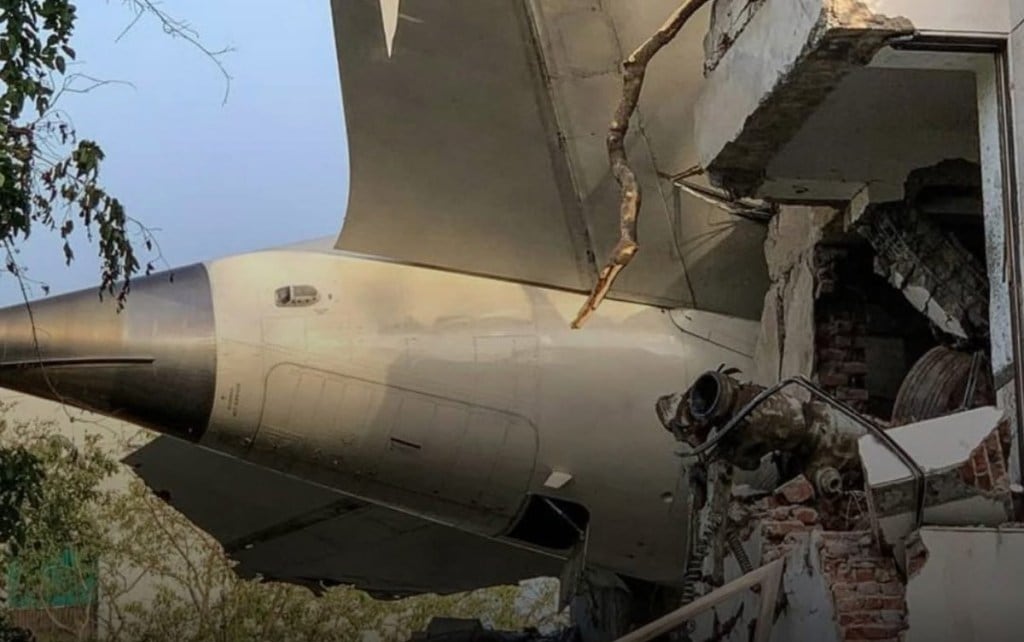Air India crash probe: Investigators probing the Air India AI-171 disaster on June 12 are now focusing their efforts on the wreckage of the aircraft’s tail section, which they believe holds vital clues about the tragedy that unfolded in the mere 26 seconds after take-off.
According to officials familiar with the investigation, the empennage, or tail assembly of the Boeing Dreamliner showed signs of a contained electrical fire. Unlike the rest of the aircraft, which was extensively charred in the post-crash explosion, the tail detached during impact and remained relatively intact.
Recovered components from the tail have been stored securely in Ahmedabad. Investigators believe they could reveal whether a malfunction in the aircraft’s electrical system occurred during lift-off from Runway 23 of Sardar Vallabhbhai Patel International Airport. “These parts are crucial for identifying whether the fault occurred before take-off or after impact,” said one official to Indian Express.
Rear black box heavily damaged
The Aircraft Accident Investigation Bureau (AAIB) found the rear Enhanced Airborne Flight Recorder (EAFR)—commonly known as the black box on the rooftop of the BJ Medical College hostel mess building on June 13. However, it had suffered extensive thermal damage, making conventional data retrieval impossible.
The forward black box, discovered on June 16 in the charred debris, yielded more success. Despite being burnt and soot-covered, it offered valuable flight data covering 49 hours across six flights, including AI-171, and included a two-hour cockpit audio recording.
Officials noted that while both black boxes are built to withstand extreme conditions, the rear black box depends on the main aircraft power, whereas the front one uses an independent battery. The condition of the rear black box raises the question: was it damaged solely due to the crash, or was it already compromised by an electrical fault?
Also located in the tail, the Auxiliary Power Unit (APU), transducers, and rudders are being closely examined. Investigators retrieved the APU in largely intact condition. Significantly, the aircraft’s technical log from the previous flight recorded a Pilot Defect Report for a fault with the Stabilizer Position Transducer, another tail component.
Engineers had cleared this issue before AI-171 took off. Now, questions are being raised about whether this transducer malfunctioned again and caused an electrical cascade that misled the Engine Control Unit (ECU) into cutting off fuel supply.
An official pointed out that the APU may have automatically initiated during take-off to boost thrust, as is standard on hot days. This fact, coupled with the report of “flickering cabin lights” from the lone survivor, points to possible power instability.
Fuel cutoff controversy
The investigation is centering around FADEC (Full Authority Digital Engine Control), the system that governs the aircraft’s engines. Data from the black box indicates both engines were starved of fuel seconds after take-off. Investigators suspect a chain reaction of electrical faults may have led the FADEC to initiate an automatic fuel shut-off possibly in error triggering catastrophic engine failure.
Officials emphasised that FADEC is designed to protect engines during system compromise by cutting off fuel when it detects faulty inputs from flight sensors, several of which are located in the tail.
Another grim piece of evidence comes from the recovery of a flight attendant’s body from the rear fuselage. Unlike the other victims, whose bodies were burned beyond recognition, she suffered impact injuries and only partial burns. Her synthetic uniform helped with identification. Officials believe the fire in that section may have been electrical and limited in scale, supporting the theory of an onboard electrical event isolated to the tail.
The Dreamliner fleet had faced a similar crisis in 2013 when APU battery malfunctions led to a brief grounding. The FAA cleared the aircraft only after redesigns were approved. “This same aircraft model, cleared under that new design, is now under scrutiny again,” an official stated.

